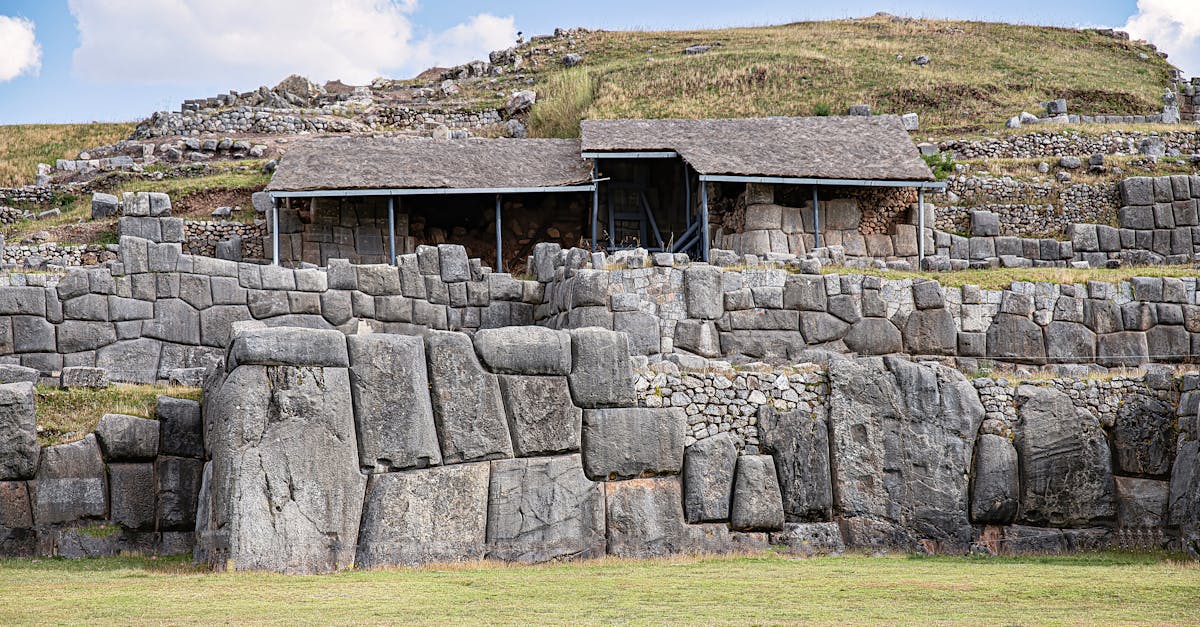Do built in wardrobes need ventilation?

Table Of Contents
Signs That Your Wardrobe Needs Better Ventilation
If you notice mustiness or damp odours emanating from your built-in wardrobe, it likely indicates a lack of proper ventilation. These unpleasant smells can result from trapped moisture within the wardrobe, leading to mould and mildew growth. Not only can this affect the condition of your clothes and belongings, but it can also impact your indoor air quality.
Another sign that your wardrobe requires better ventilation is the presence of condensation on the interior surfaces. This moisture build-up can occur when warm air meets colder surfaces within the wardrobe, creating an ideal environment for mould to thrive. Proper ventilation helps to regulate the temperature and prevent excess moisture accumulation, preserving the integrity of your wardrobe and its contents.
Mustiness and Damp Odours
Mustiness and damp odours can be a tell-tale sign that your wardrobe is lacking proper ventilation. These unpleasant smells are often caused by poor airflow within the enclosed space, allowing moisture to accumulate and lead to the growth of mould and mildew. Not only can these odours be off-putting, but they can also damage your clothes over time if left unchecked.
To prevent mustiness and damp odours in your wardrobe, it is essential to ensure adequate ventilation. This can be achieved by incorporating air vents or breathable materials in the design of your wardrobe. By allowing air to circulate freely, you can help maintain a dry and fresh environment for your clothes, preventing moisture buildup and the associated odours.
Importance of Air Circulation in Wardrobe Design
When it comes to designing built-in wardrobes, considering air circulation is crucial. Proper air circulation helps prevent mustiness and damp odours from developing inside the wardrobe. Additionally, adequate ventilation can also help extend the lifespan of your clothes and other items stored in the wardrobe by reducing moisture levels.
Moreover, good air circulation in wardrobe design plays a key role in maximizing space efficiency. By incorporating ventilation solutions in the design, you can ensure that every inch of the wardrobe is utilized effectively. This not only enhances the functionality of the wardrobe but also helps in keeping your belongings well-preserved and fresh.
Maximising Space Efficiency
To make the most of the available space in your wardrobe, it's essential to utilise all areas efficiently. Consider incorporating shelves, drawers, and hanging rods in a way that maximises the storage capacity without overcrowding the space. Utilising vertical space by installing higher shelves or double hanging rods can significantly increase the storage potential of your wardrobe.
Additionally, using storage solutions such as pull-out baskets, shoe racks, and hooks can help keep your belongings organised and easily accessible. By implementing these features strategically, you can ensure that every item has its designated place, reducing clutter and creating a more functional wardrobe space.
How to Incorporate Ventilation in Custom Wardrobe Designs
To ensure proper ventilation in custom wardrobe designs, there are several key strategies that can be employed. Firstly, incorporating slotted panels or mesh inserts in the wardrobe doors can significantly improve airflow. These features allow air to circulate freely within the wardrobe, mitigating issues such as mustiness and damp odours. Additionally, choosing materials that are porous and breathable, such as timber or perforated metal, can aid in maintaining good air circulation within the wardrobe space.
Another effective way to enhance ventilation in custom wardrobe designs is to install built-in ventilation fans or air vents. These additions can help to regulate humidity levels and prevent the buildup of moisture, which can lead to mould and mildew growth. By integrating functional features like adjustable louvres or built-in dehumidifiers, it is possible to create a well-ventilated wardrobe that promotes the longevity and freshness of stored clothing and belongings.
Functional Features for Improved Airflow
When designing a custom wardrobe to improve airflow, choosing functional features that enhance ventilation is crucial. One effective feature to consider is incorporating slatted doors or panels into the wardrobe design. These slats allow for air to circulate more freely inside the wardrobe, reducing the chances of mustiness or damp odours developing.
Another practical feature to enhance airflow is the installation of ventilation grilles or mesh inserts at the top or bottom of the wardrobe doors. These additions help to facilitate a constant flow of air while maintaining the privacy of the wardrobe contents. By strategically placing these ventilation points, you can ensure that your wardrobe remains fresh and free from any unpleasant odours.
FAQS
Do built-in wardrobes need ventilation?
Yes, built-in wardrobes do need ventilation to prevent mustiness and damp odours from developing.
How can I tell if my wardrobe needs better ventilation?
Signs that your wardrobe may need better ventilation include mustiness and damp odours, as well as clothes feeling damp or mouldy.
Why is air circulation important in wardrobe design?
Air circulation is important in wardrobe design to prevent moisture build-up, which can lead to mould growth and damage to clothing.
How can I maximize space efficiency in my wardrobe while still incorporating ventilation?
To maximize space efficiency in your wardrobe, consider incorporating ventilation through features like slatted shelves, perforated doors, or gaps at the top and bottom of the wardrobe.
What functional features can improve airflow in a custom wardrobe design?
Functional features such as adjustable shelves, drawer dividers, and pull-out trays can help improve airflow in a custom wardrobe design by allowing for better air circulation around clothing and accessories.
Related Links
Should built in wardrobes go before or after carpet?How do I choose a built in wardrobe?